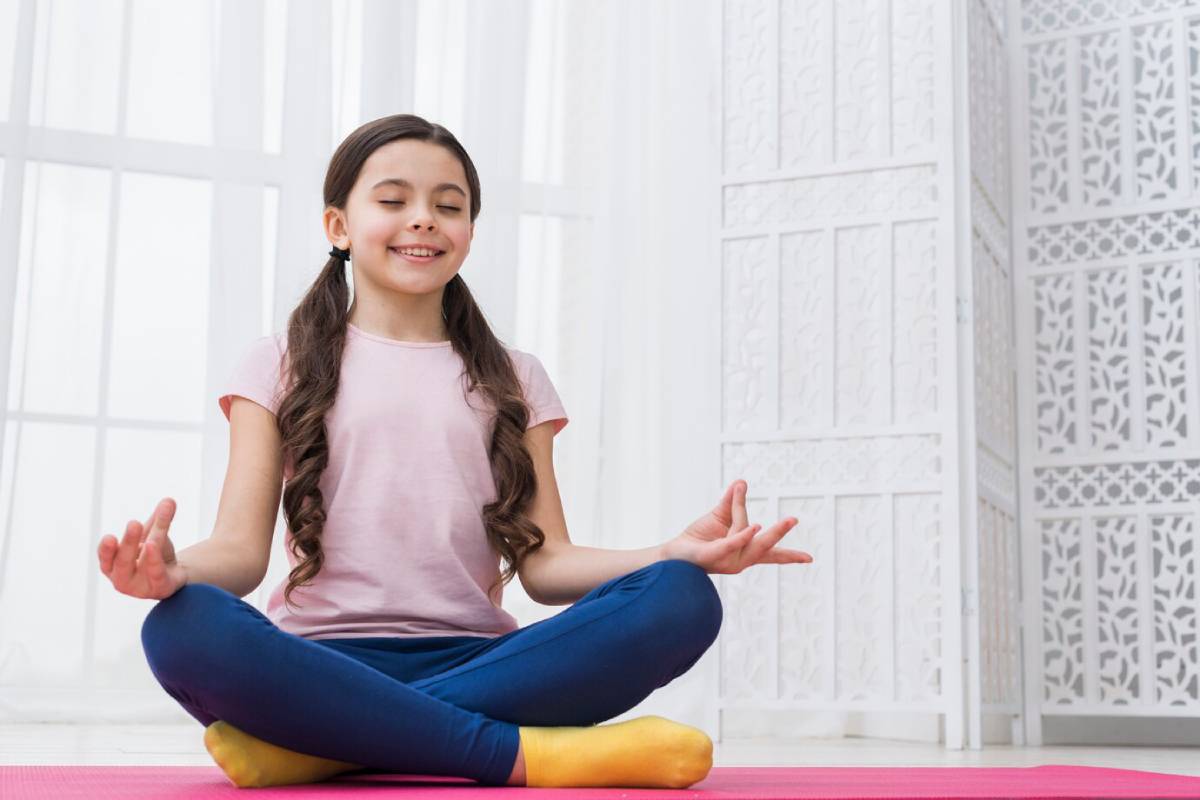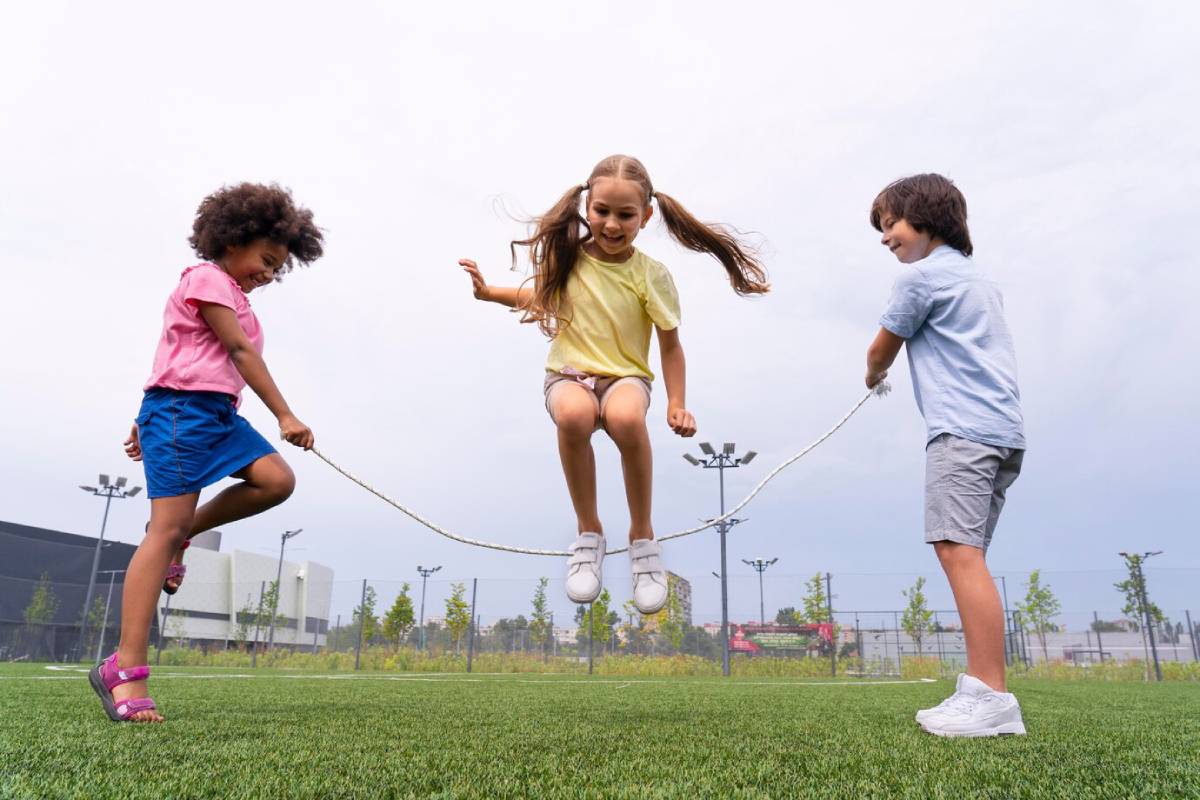
How to Help Your Child Unwind Without a Device
In today’s fast-paced digital world, children are increasingly surrounded by screens. These devices, from televisions to tablets, have become a staple in their daily lives. Helping your child relax without a device is not only possible but also crucial for their well-being. This guide, updated in October 2023, explains why device-free relaxation matters and offers practical tips for helping your child relax without technology.
Pro Tip: Start small. Introduce one or two new activities at a time to avoid overwhelming your child. Allow them to help design the routine for a sense of ownership.
Important: Avoid using relaxation as a punishment. It should be a positive experience. Also, don’t expect instant results—building a new habit takes time.
Quick Guide
Creating a device-free wind-down routine doesn’t have to be complicated. Here’s a checklist to get you started:
- Set a Consistent Routine: Establish a regular schedule for winding down without screens. Predictability fosters a sense of security in children.
- Create a Calm Environment: Use soft lighting and calming scents to set the mood. Consider a weighted blanket or a cosy corner to make the space inviting.
- Incorporate Relaxation Techniques: Introduce deep breathing, yoga, or meditation activities. To maintain engagement, these techniques can be taught through fun games or stories.
- Encourage Creative Play: Provide drawing, building, or imaginative play materials. Open-ended toys like blocks, art supplies, and puppets stimulate creativity and emotional expression.
- Read Together: Share a book with your child to promote relaxation and bonding. Choose calming stories or those with soothing rhymes and rhythms.
- Practice Gratitude: End the day by discussing things you’re grateful for. Create a gratitude jar or journal to make this practice a shared nightly ritual.
Understanding the Core

Children, much like adults, need time to relax and unwind. Relying on digital devices to relax can overstimulate you. This may lower your attention span. Child development experts say non-tech relaxation methods boost creativity. They also help with sleep and improve emotional control. These methods help kids build independence and self-control. These skills are key to lasting mental health. Quiet play, imaginative activities, and physical games help kids process their feelings and experiences healthily. When parents understand these core ideas, they can better support their child’s mental and emotional health.
Step-by-Step Guide (How to Practise)
Step 1: Establish a Routine
Children flourish with a dependable routine. Designate a specific time each evening to unwind. This predictability allows them to eagerly await their relaxation ritual. Dedicate 30 minutes to a screen-free zone before bed. This gentle shift signals the start of your wind-down. In time, this routine teaches the body and mind to embrace tranquillity.
Step 2: Create a Calming Environment
Transform your child’s space into a serene sanctuary: soft lighting, soothing melodies, and the calming scent of lavender craft a peaceful atmosphere. Introduce sensory delights like a plush rug or tactile toys. A tranquil environment whispers to the brain: it’s time to unwind after a whirlwind of activity.
Step 3: Introduce Relaxation Techniques
Teach your child simple relaxation techniques, like deep breathing or progressive muscle relaxation. These practices empower them to manage stress and ease anxiety. Make it enjoyable! Pretend to blow imaginary bubbles with each calming breath. Or melt away like ice cream as you relax those muscles. Fun enhances the chance of regular practice.
Step 4: Encourage Creative Play
Equip your child with tools for boundless creative play. Activities like drawing, building, and imaginative adventures help kids decompress and express feelings. These interactions nurture brainpower and emotional growth. They hone problem-solving and storytelling skills. Rotate toys frequently to keep excitement alive and unveil new creative journeys.
Step 5: Read Together

Reading weaves a tapestry of relaxation. Select captivating books that pique your child’s interest and dive in together. This not only fosters relaxation but deepens your bond. Reading aloud cultivates language skills and emotional insight, especially with stories featuring relatable characters. Curate a mini library of soothing bedtime tales to keep the magic alive.
Step 6: Practice Gratitude
Share gratitude to wrap up the day on a heartwarming note. This practice gently shifts focus from stress to positivity. Keep conversations light and age-appropriate. Ask questions like, “What made you chuckle today?” or “What was the highlight of your day?” This cultivates emotional resilience and nurtures a sunny outlook on life.
Best Practices & Additional Insights
- Enhance Outcomes: Encourage your child to take the lead in choosing relaxation activities. This empowers them and increases engagement. Give them a small menu of choices to pick from each evening.
- Professional Experience: Many child psychologists suggest including the entire family in relaxation activities. This helps to model healthy behaviours. Family yoga, group storytelling, and shared gratitude time can strengthen bonds. They also show how important mental well-being is.
FAQs
Why is device-free relaxation important for children?
Device-free relaxation helps reduce overstimulation, improve sleep quality, foster creativity and emotional regulation, and support healthier circadian rhythms by reducing blue light exposure before bedtime.
How can I encourage my child to participate in non-tech relaxation activities?
Start by involving them in the planning process. Allow them to choose activities that interest them and make relaxation time enjoyable. Use positive reinforcement, such as praise or stickers, to motivate participation.
What if my child resists the new routine?
Be patient and persistent. It can take time for children to adjust to new routines. Offer positive reinforcement and be consistent. Share stories about why unplugging is important and model the behaviour yourself.
Conclusion: How to Help Your Child Unwind Without a Device
Helping your child relax without a device is a great way to support their well-being. By incorporating these strategies, you can foster a sense of calm and balance in their lives. Start today by introducing one new activity and observing the positive changes. Share your experiences and tips with other parents to create a supportive community. Every small step matters for your child’s healthier, more relaxed life. Stay engaged, be flexible, and enjoy the process together.


